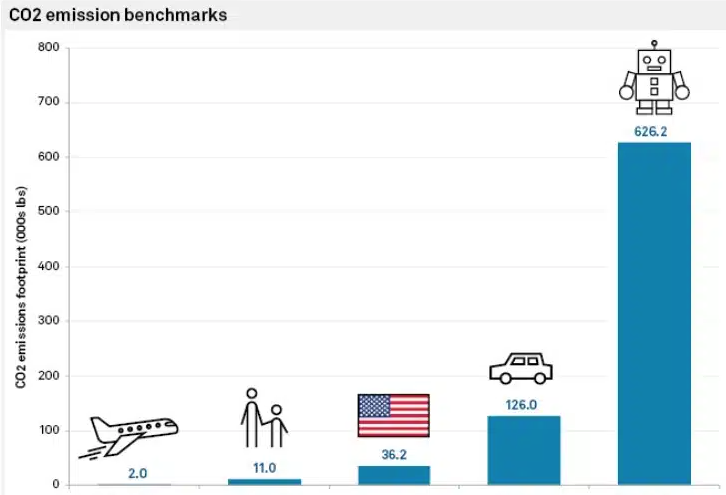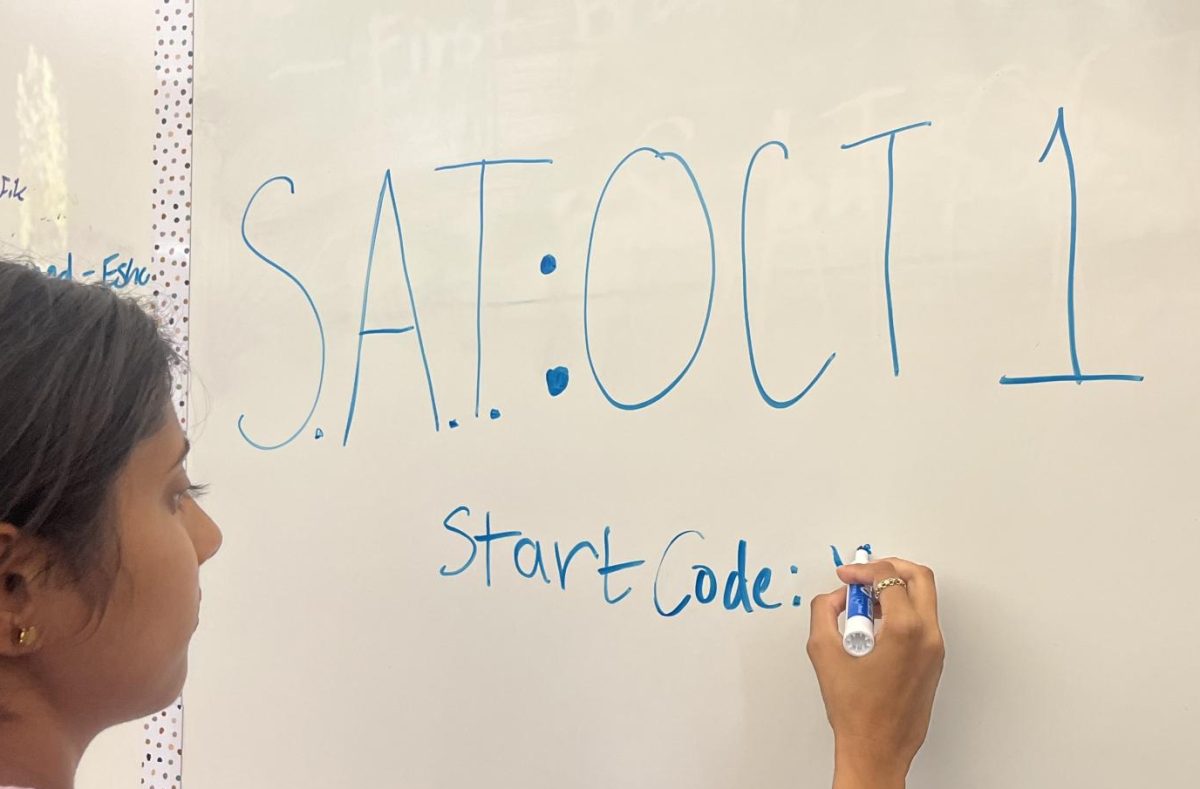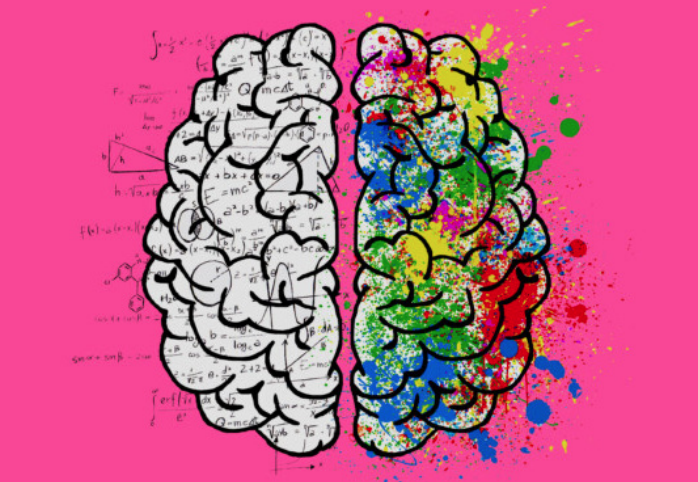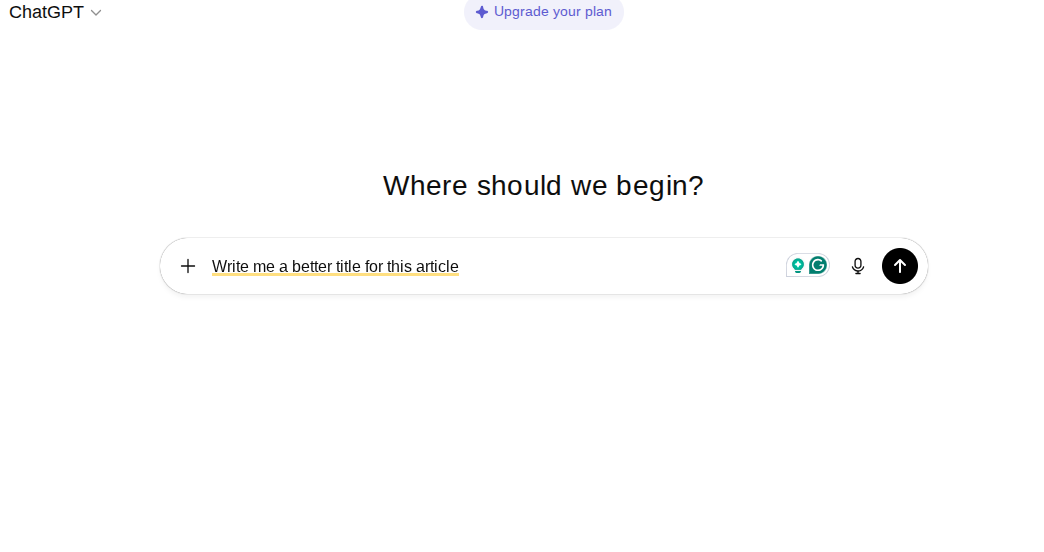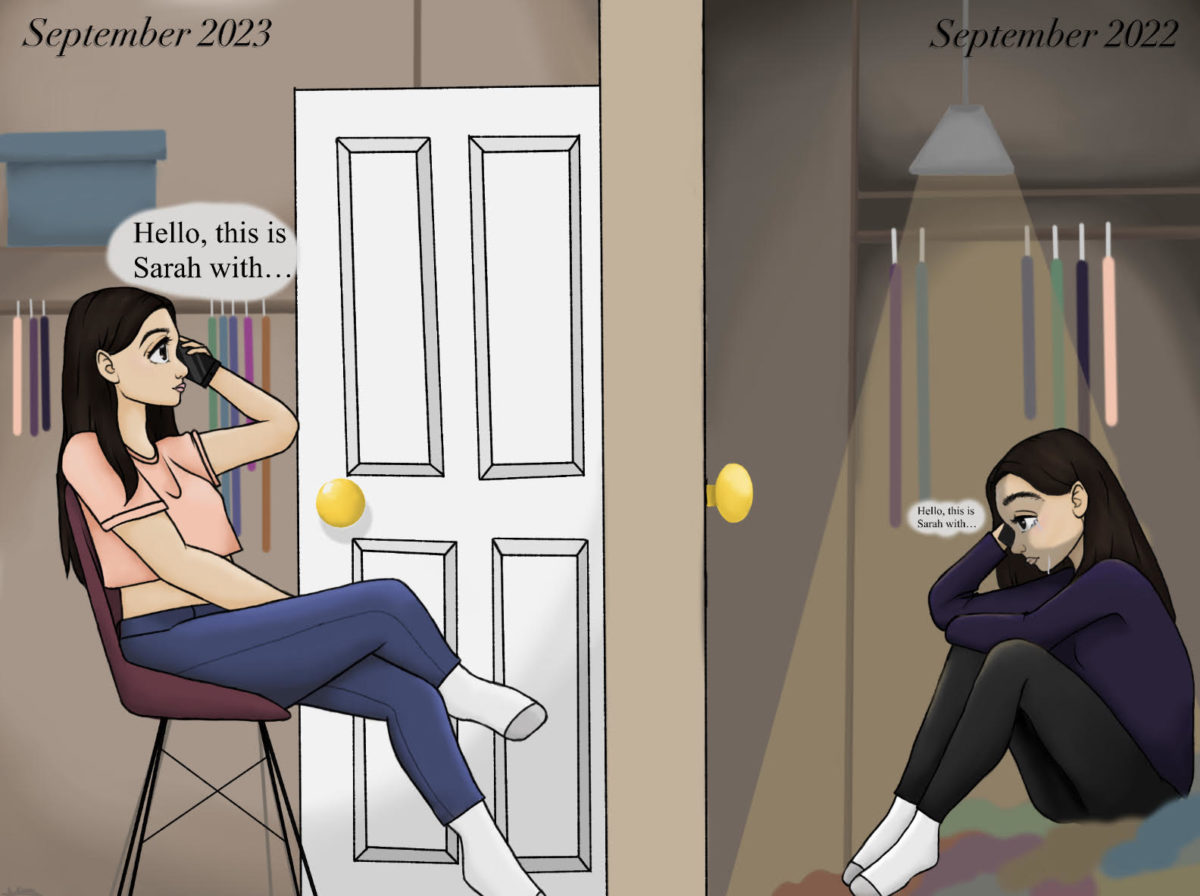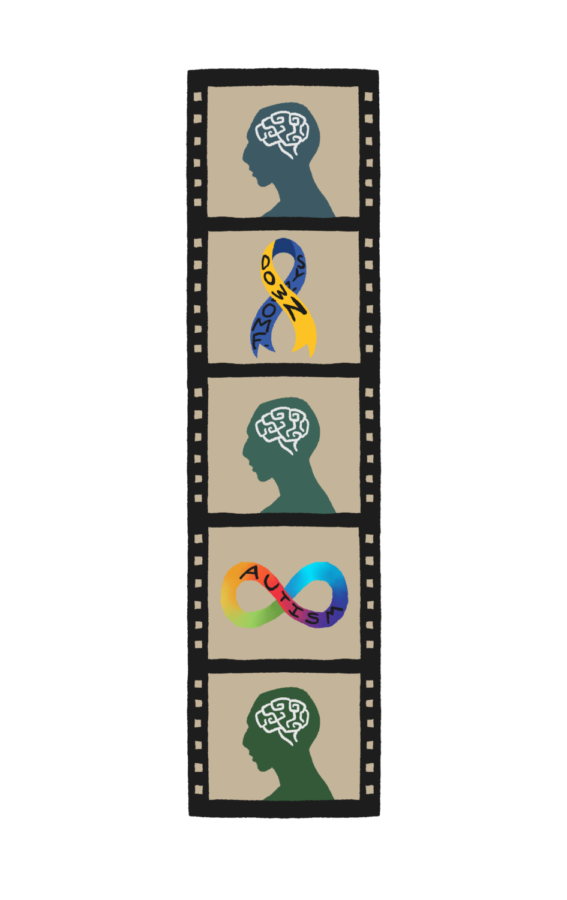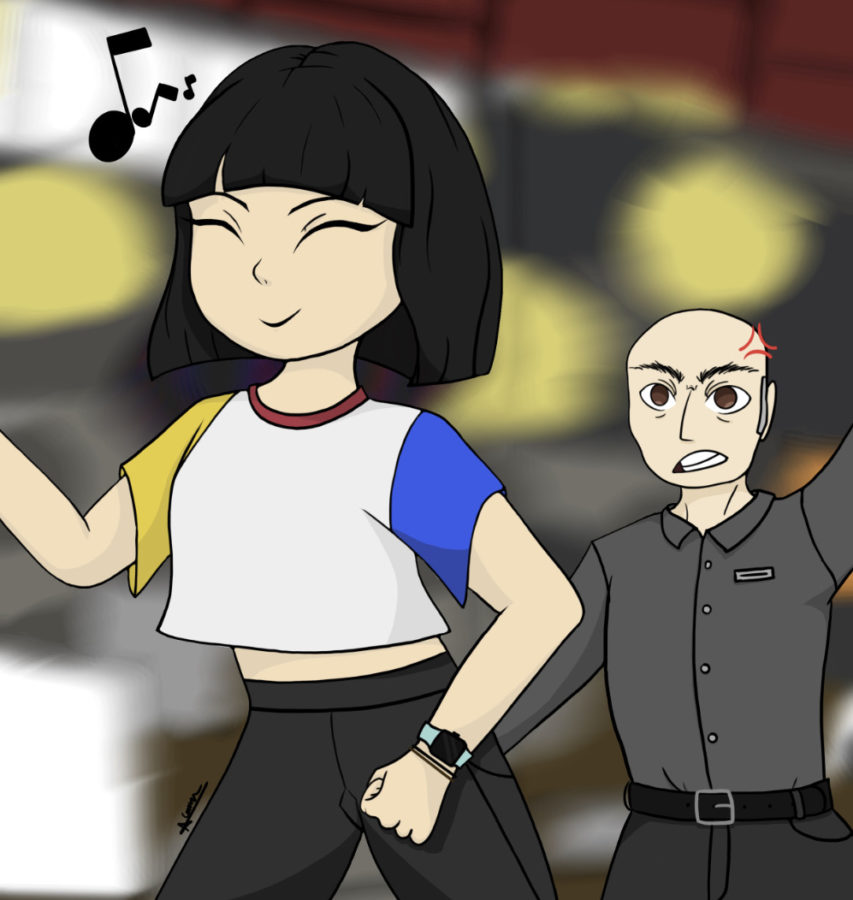Granite Bay High School senior athletes are about to sign away the next four years of their lives to compete at the collegiate level, a dream planted while playing little league baseball or youth soccer.
The Granite Bay community thrives off of the almost genetic athletic potential of its children. Or is it the water? Each year, multiple students at GBHS sign to play a Division I, II or III sport, and of those students, a few will go on to play the sport professionally.
However, it is ironic that a community that idolizes its sports teams unconsciously undermines the achievements of its individual athletes.
Success in youth sports can spawn the misconception that a full ride athletic scholarship is guaranteed.
Yes, DI and DII schools provide $2.7 billion in athletic scholarships annually to more than 150,000 athletes according to the NCAA. But the reality is, only 2 percent of high school seniors are awarded any athletic scholarship, and what’s more deceiving is only six sports in the nation offer full rides – women’s basketball, volleyball, gymnastics, tennis and men’s basketball and football.
Naturally football and men’s basketball are huge money makers for any college, so it is obvious that the NCAA would reserve huge funding for these sports. But sports that generate less viewership suffer from less available funding and with that, less scholarship opportunities.
The National Letter of Intent is the central component of signing ceremonies, but as fewer athletes receive athletic money, the letter of intent is being replaced by blank pieces of paper to fulfill the criteria of literally signing to play a college sport.
To sign a letter of intent, an athlete is committing himself to a particular school for a particular amount of scholarship. and to participate in a signing ceremony, those students who are not receiving athletic aid, simply sign a piece of paper to designate which school they will be attending.
Many sports programs award their upperclassmen athletes with larger scholarships, leaving a disproportionate share for incoming athletes.
If a student is not receiving as much athletic money, it does not mean the athlete is any less deserving or desirable. Yet parents, journalists and broadcasters perceive the additional funding as an exceptional level of talent.
Any particular sport or college practices different methods of distributing scholarships, so it is erroneous to make a conclusion about the individual’s athletic potential by the size of his or her scholarship. For example, some colleges do not award scholarships to incoming freshmen while others only provide financial and merit-based scholarships.
Moreover, many view the success of recognizable athletes as insignificant because they decided to play at the DIII level where there is no athletic scholarship.
Any athlete recruited to play in college is worthy of celebration as the individual’s success did not come any easier than that of a DI or DII athlete.
The life of a college athlete revolves around the sport; it’s a job. To avoid this huge commitment, athletes may opt out of playing DI sports to compete at a lower level, but they then face a prejudice that they are a less admirable athlete.
Rather than discriminate against athletes who do not receive athletic scholarships, the community should be more congratulatory of any athlete because only half of the athletes at the DI and DII level receive any athletic aid.
With all the GBHS athletes that sign to play collegiate sports, the community feels a great sense of pride for its athletic programs, coaches and players. This sense of community worth should not be dictated by the level an athlete chooses to compete at in college if at all or by the dollar figure attached to an athletic scholarship.




